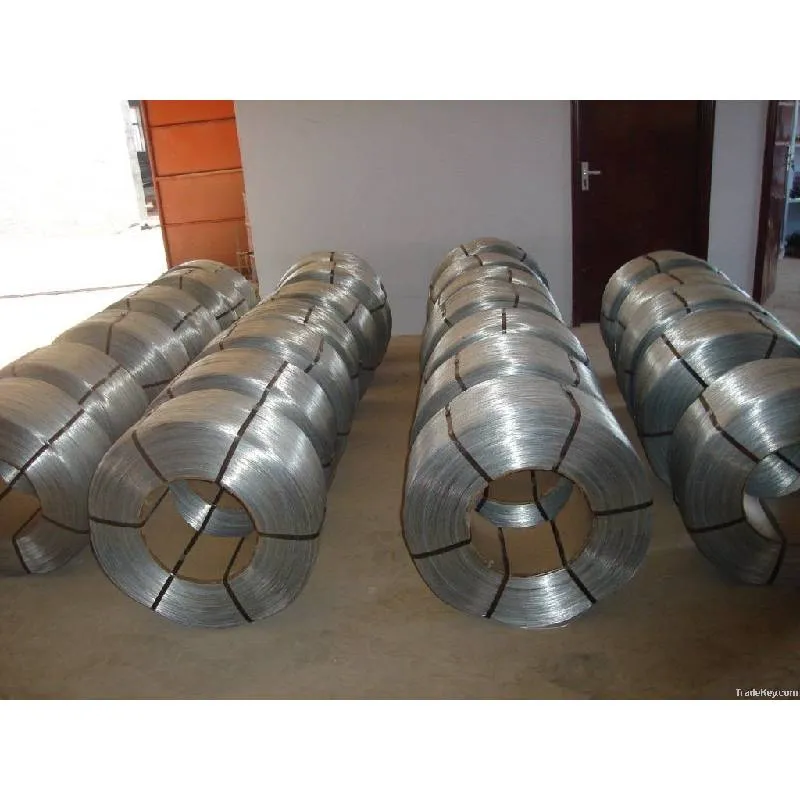
- Mobile Phone
- +8613931874955
- sales@cntcmetal.com
types of floral wire
Types of Floral Wire A Comprehensive Guide for Florists and Hobbyists
Floral wire is an essential tool in the craft of flower arrangement, providing support and structure to arrangements while enabling creativity to flourish. Understanding the various types of floral wire available can greatly enhance your floral design skills. In this article, we will explore the different types of floral wire, their uses, and how to choose the right wire for your projects.
1. Green Floral Wire
One of the most commonly used types of floral wire, green floral wire is available in various gauges. The green color helps it blend seamlessly with the foliage and stems, making it ideal for adding support without being visually intrusive. It’s particularly useful for wiring stems together or securing fragile blooms. Green floral wire comes in both coated and uncoated varieties, with the coated wire offering additional durability and rust resistance.
2. Bind Wire
Bind wire, also known as paddle wire, is a flexible and soft type of wire ideal for binding stems together and securing floral foam to containers. Generally, it comes in a darker green color that blends well with most arrangements. Its flexibility allows for easy manipulation, making it perfect for creating intricate designs. The wire’s softness also ensures that it won’t harm delicate flower stems.
3. Stem Wire
Stem wire is a heavier-gauge wire designed for reinforcing and strengthening the stems of flowers. This type of wire is ideal for thickening weak stems to maintain the integrity of arrangements. It is particularly useful for flowers such as lilies or heavy-headed blooms that require additional support. The wire is often coated to prevent damage to the plant material.
4
. Aluminum Wiretypes of floral wire

Aluminum wire is a versatile and lightweight option that comes in an array of colors, making it perfect for creative floral work. Its malleability allows you to bend it into desired shapes, enabling you to create structural elements for installations, wreaths, and more. Additionally, aluminum wire is weather-resistant, making it suitable for both indoor and outdoor arrangements.
5. Floral Tape
While not wire in the traditional sense, floral tape is another crucial component of floral design. It is used in conjunction with wire to strengthen arrangements, particularly when working with delicate flowers. Floral tape is typically made from a stretchy, waxed material that adheres well and provides a finish that can seamlessly blend with floral designs.
6. Specialty Wire
There are also specialty wires available for unique needs in floral design. For instance, glittered wire can add a touch of sparkle to any arrangement, while colored wire can be used to match a specific theme. Decorative wires often come in various thicknesses and can be used creatively in arrangements, making them important for seasonal or themed designs.
Choosing the Right Wire
When selecting the right type of floral wire for your project, consider the following factors
- Gauge The lower the gauge number, the thicker the wire. For heavier blooms, opt for a thicker gauge wire (18-22 gauge), whereas lighter flowers may only need 22-26 gauge wire. - Project Type For structural designs requiring stability, aluminum or stem wire may be best. For delicate flowers, green floral wire or bind wire is preferable. - Aesthetic Consider how the wire will be seen in your finished arrangement. If visibility matters, choose colored or decorative wires that complement your flowers.
In conclusion, the variety of floral wire available offers both function and creativity to floral designers and hobbyists alike. By understanding the characteristics and uses of each type, you can enhance your floral arrangements, ensuring they are not only beautiful but also structurally sound. Whether you are creating a floral bouquet for a special occasion or an elaborate installation, the right floral wire is a key ingredient in your design toolbox. Happy arranging!
share:
-
Yard Sign Stakes: Reliable Guardians of Outdoor SignsNewsAug.04,2025
-
Wall Ties: Invisible Guardians of Building StabilityNewsAug.04,2025
-
Resilient Web: The Super Guardian Power of Concrete MeshNewsAug.04,2025
-
Masonry Accessories: A versatile assistant on building foundationsNewsAug.04,2025
-
Iron Binding Wire: the 'invisible reinforcement specialist' in the fields of architecture and industryNewsAug.04,2025
-
Dynamic Spring: The diverse functions and excellent performance of Wire Tension SpringNewsAug.04,2025
-
Your Source for Concrete Wall Ties and Masonry AccessoriesNewsJul.10,2025



















